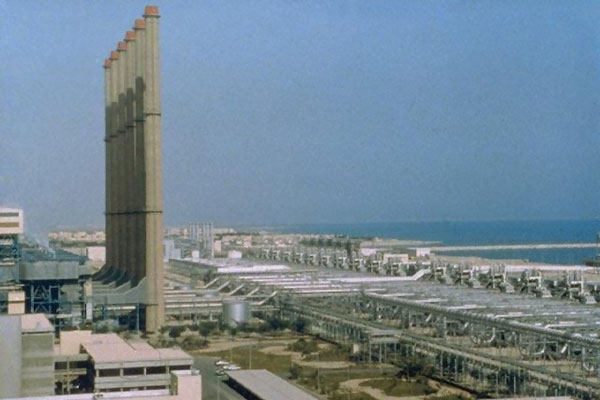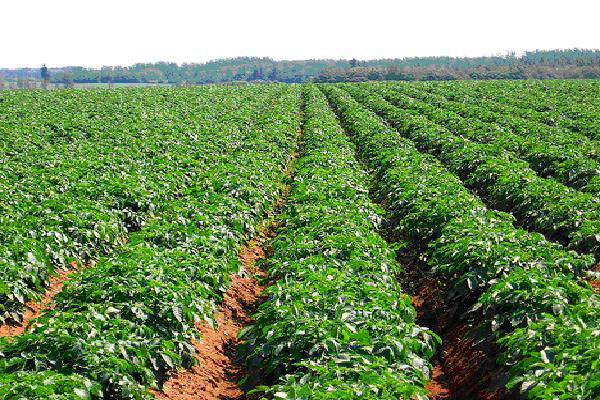Desalination is a very expensive answer
- Water problems will increase to a point where gains from increased irrigation will be offset by loss of underground water and salination of the soil.
As with some other resource problems, there is an easy enough solution – desalination. But it comes with a dreadful drawback – ultra high cost.
Singapore, ahead of the curve as usual, has addressed its critical water problem correctly: by pricing all of its water at the cost of the next marginal litre. Uniquely, their next litre of water is from desalination plants, so they are paying many multiples of the water price that is paid by the rest of the world… which are drowning in subsidies.
Yet, despite their draconian policy with locally-generated water, Singapore still benefits from the hugely underpriced water used in other countries to produce the majority of its food… which is imported.
And Singapore is not representative of our problems with water in one very important way — they are now just about the richest people around, with incomes per capita of more than $50,000. They can afford the very expensive desalinated water.
- Policies of governments for dealing with the developing crisis are seriously deficient.
Grantham says a perfect symbol of the carefree and careless attitude is US policy towards corn-based ethanol. It is an indirect, back-door subsidy (disguised as a mandated requirement) for farmers who today, with much higher crop prices, are already relatively well-off compared to normal.
Yet corn is “almost ludicrously inefficient” as a source material for ethanol compared to sugar cane and scores of other plants.
This article continues on from – Opportunities in This Developing Crisis
The next article in this series – Basic food crops evolved over an unusually favourable period
CopyRight – OnTarget 2012 by Martin Spring







